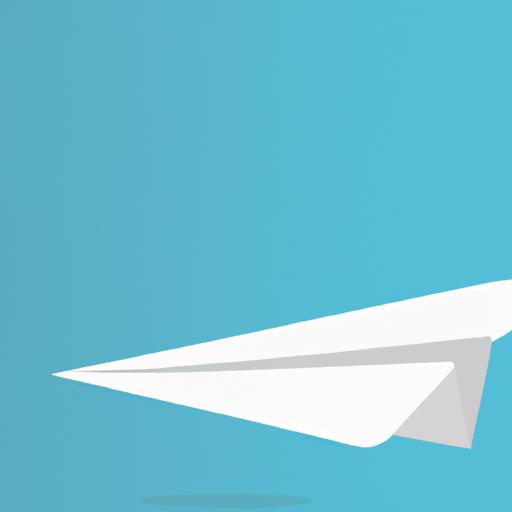Table of Contents
Are you looking for a fun activity to do with your kids or an easy way to pass the time? Making paper airplanes is an excellent activity that can be enjoyed by kids and adults alike. However, if you want to take your paper airplane game to the next level, you need to learn how to make a paper airplane that goes far. In this article, we’ll guide you through the process of making a paper airplane that can fly further than you ever thought possible.
Understanding the Basics of Paper Airplane Construction

Before we dive into the process of making a paper airplane that goes far, it’s essential to understand the basic construction of a paper airplane. There are three main parts of a paper airplane: the nose, wings, and tail. The nose is the front of the airplane and is responsible for creating lift. The wings are located in the middle of the airplane and are responsible for providing stability and lift. The tail is located at the back of the airplane and is responsible for providing stability and controlling the direction of the airplane.
To make a paper airplane, you’ll need a piece of paper that is rectangular in shape. The standard size for a piece of paper is 8.5 x 11 inches, but you can use any rectangular piece of paper you have on hand. It’s also essential to use a flat and smooth surface to work on to ensure that your paper airplane folds correctly. Once you have your paper and a flat surface, you’re ready to start making your paper airplane.
Constructing the Paper Airplane
Now that you understand the basic construction of a paper airplane let’s dive into the process of making one. Follow these step-by-step instructions to create a paper airplane that will soar through the air:
-
Begin by folding the paper in half lengthwise, creasing the paper along the center.
-
Unfold the paper and fold the top corners of the paper down to the center crease.
-
Fold the top of the paper down to the bottom edge, creasing the fold at the bottom.
-
Fold the paper in half along the center crease, so the top of the paper is now the bottom.
-
Fold down the wings by taking the top corner of the paper and folding it down to meet the bottom edge of the paper.
-
Fold the wings down again, this time folding them in half so that the wings are pointed downwards.
-
Pull the wings slightly downwards, creasing them at a 45-degree angle.
Your paper airplane is now complete! Make sure to give the wings a slight curl upwards to help the airplane fly straight.
Adjusting the Design for Distance
If you want your paper airplane to fly far, you need to adjust the design to optimize its flight. One of the best ways to do this is to experiment with different folds and adjustments to see what works best for your airplane. Here are a few tips to help you adjust your paper airplane for maximum distance:
-
Make sure your paper airplane is symmetrical. Any asymmetry can cause it to veer off course and lose distance.
-
Adjust the angle of the wings. Changing the angle of the wings can affect the amount of lift the airplane creates, which can impact how far it flies.
-
Experiment with different paper types. Different types of paper can have different weights and textures, which can affect how the airplane flies. Try using different types of paper to see what works best for your airplane.
-
Adjust the weight distribution. Try adding small weights, such as paper clips, to the nose or tail of the airplane to shift the weight distribution and see how it affects the flight.
By following these tips and experimenting with different adjustments, you can create a paper airplane that will fly further than you ever thought possible.
Launching the Paper Airplane
Now that you have made your paper airplane, it’s time to launch it. The proper technique for launching a paper airplane is crucial to achieving maximum distance. The first step is to make sure that you’re standing in an open space with no obstacles. Hold the paper airplane at the bottom of the nose with your index finger and thumb. Then, pull your arm back and launch the airplane forward with a flick of your wrist. The key is to release the airplane at the right moment, just as your arm reaches its full extension.
To achieve maximum distance during the launch, try to launch the airplane at a slight upward angle. This will create lift and allow the airplane to stay in the air for longer. You can also experiment with the amount of force you use to launch the airplane. Too much force can cause the airplane to nosedive, while too little force can prevent it from gaining enough altitude. With practice, you’ll be able to find the perfect balance of force and angle for your paper airplane to fly further than ever before.
Conclusion
Congratulations! You now know how to make a paper airplane that goes far. Remember, the key to making a paper airplane that can fly long distances is to understand the basic construction, adjust the design for distance, and launch it correctly. Don’t be afraid to experiment with different folds and designs to find what works best for you. Making paper airplanes can be a fun and educational activity for all ages, and with a little practice, you’ll be able to create paper airplanes that soar through the air like real airplanes.